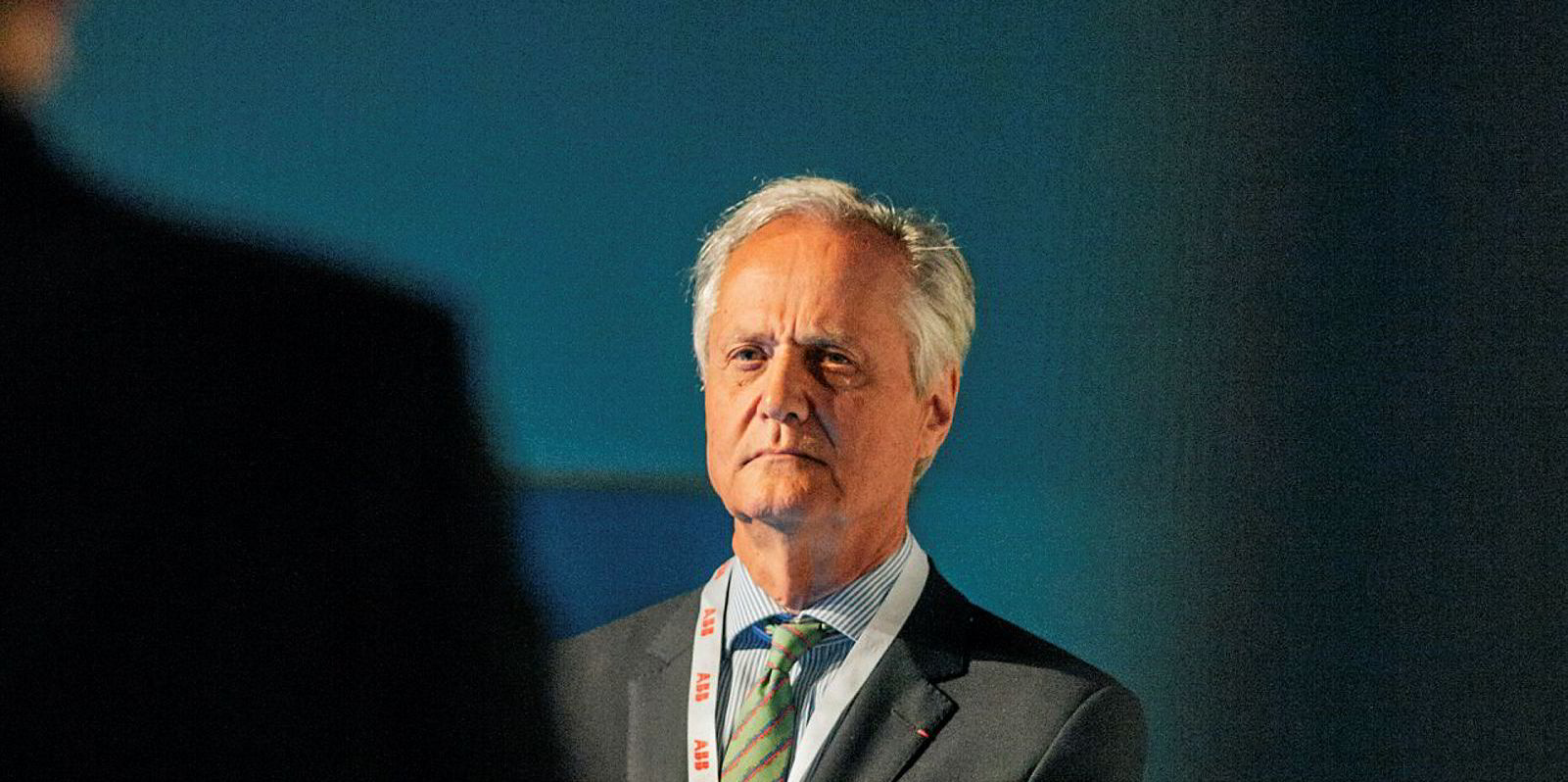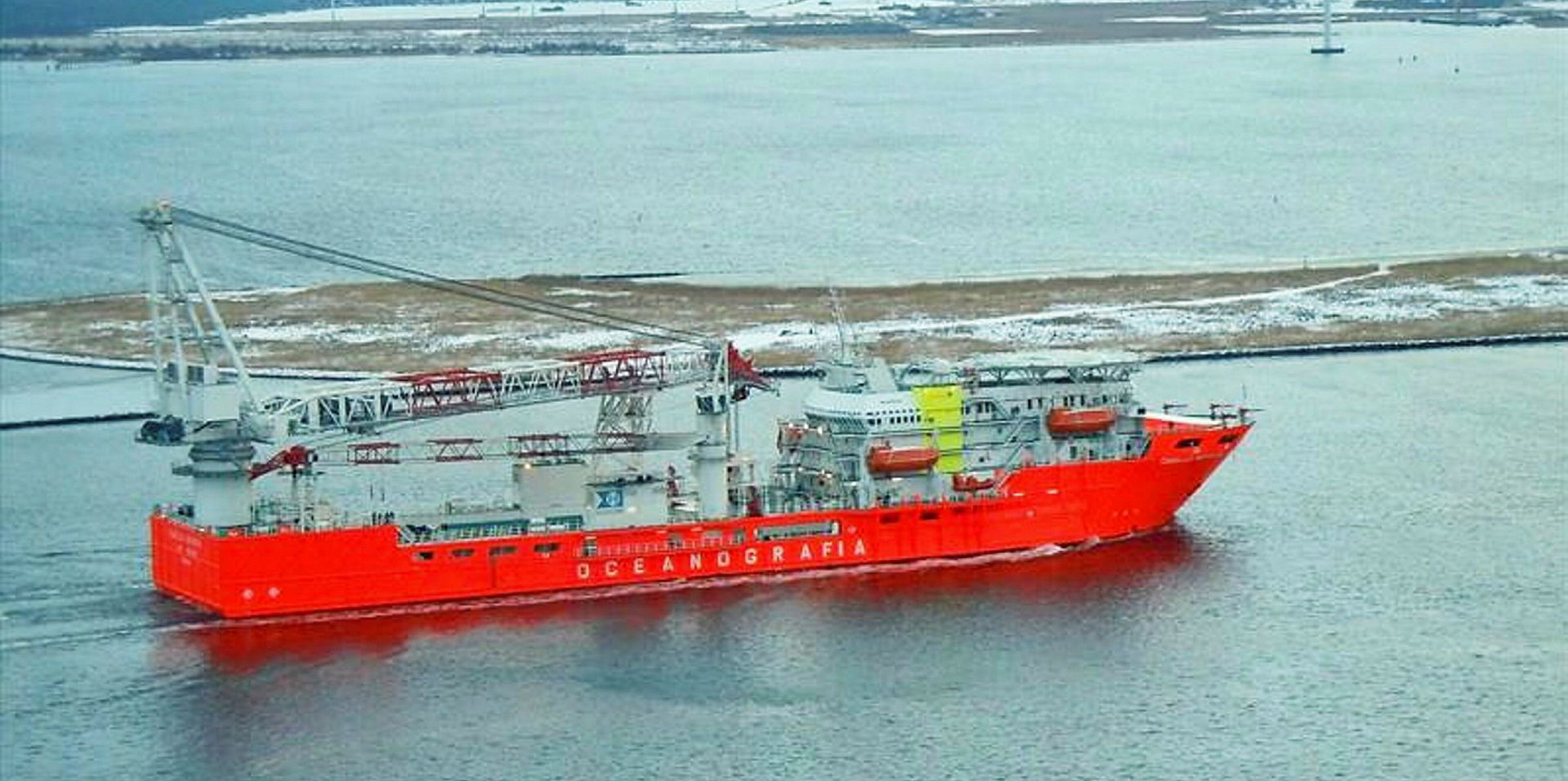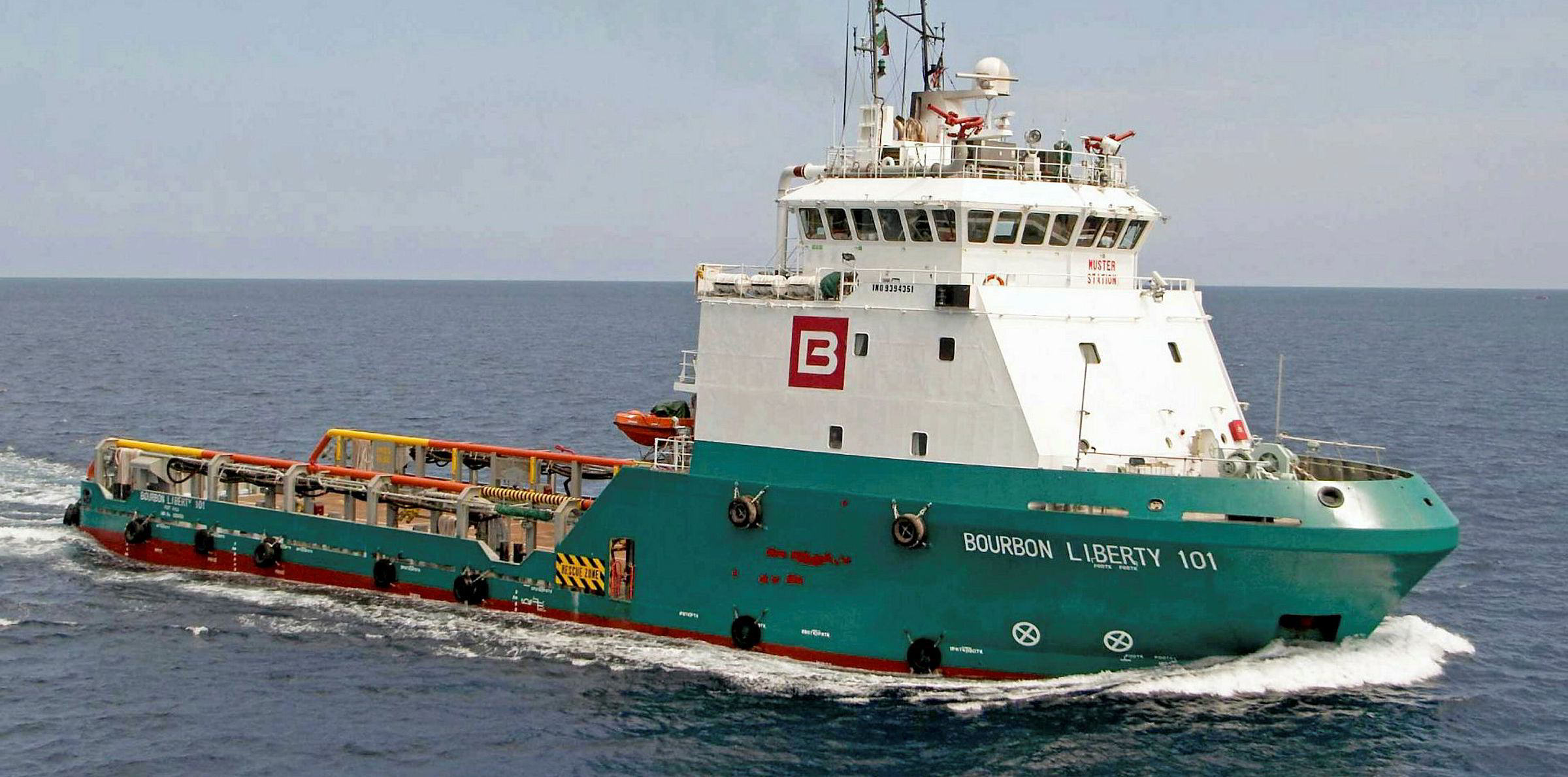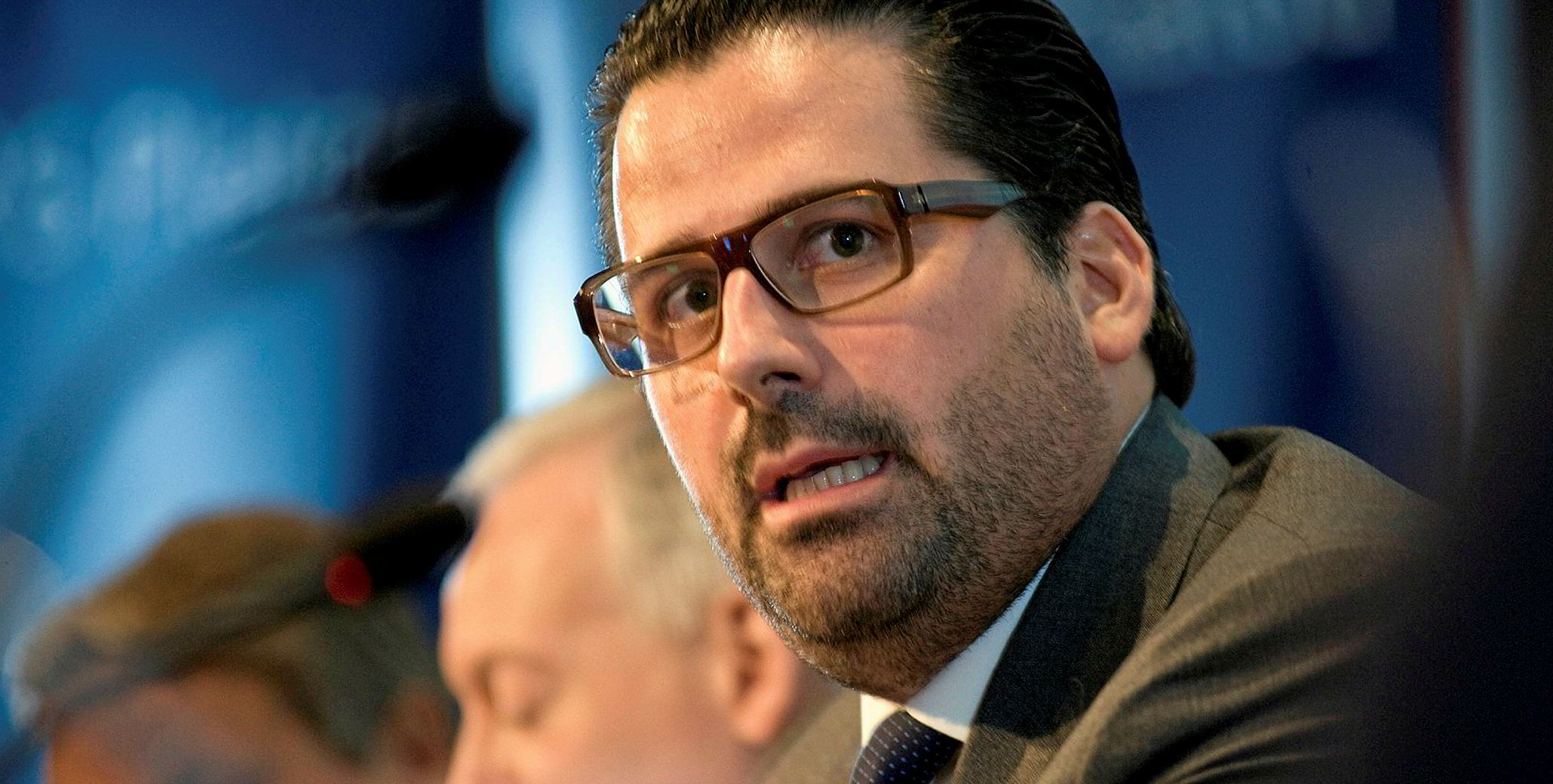Norway's Siem Offshore has criticised rivals for accepting sub-par rates as it again called for mergers to combat the slump in offshore support vessels.
The Oslo-listed company, backed by investor Kristian Siem, said "great uncertainties" remain over exploration, offshore field developments and subsea maintenance. This comes as offshore campaigns are being cancelled or postponed due to the effects of Covid-19 and the low oil price.
Siem added that the demand for OSVs is not expected to increase in the medium term.
"In the shorter term, the coming winter season will most likely be more challenging than ever for our fleet, which has delivered [a] high level of utilisation throughout the extended downturn," the shipowner said.
The company is continuing to argue for consolidation among vessel owners as one of the few measures that can effectively contribute to an improved market balance.
"However, even with industry consolidations, it will be difficult to achieve sustainable market rates in the medium term," the owner said.
Banks must act
Siem views banks as key to forcing through mergers, as they hold debt and sometimes ownership stakes in rival owners.
"Several shipowners continue to accept contract terms with unacceptable risk and unsustainable rates, just to avoid layup," the company said.
"These are contract terms with high risk for low return, and at the same time create an unhealthy market precedence for the future."
The shipowner then warned: "There is no recovery in sight, and we expect that the market will remain soft for several years."
Broker Westshore quotes spot North Sea utilisation figures at 66% for platform supply vessels and 68% for anchor-handling tug supply vessels.
Rig moves are paying up to NOK 100,000 ($9,000) per day for AHTS units, while PSVs are attracting rates of NOK 65,000 per day.
Seven years of bad luck
Siem said the OSV market is now in its seventh year of depressed conditions.
The shipowner did admit activity has been better than expected for all segments in the third quarter.
But day rates have been low, with the exception of a few small peaks in the spot market for the AHTS segment, where medium and long-term contracts are almost non-existent, the company said.
"We expect an increase in the number of vessels from the global fleet being put into lay-up for the winter period," Siem added.
The company believes it is well-positioned to compete with pits eers due to its modern fleet, quality backlog and strong operating record.
But the shipowner added: "It is highly uncertain as to when charter rates will generate sufficient earnings to provide for full debt-servicing."
The company has reduced its debt by $500m over the last five years.
Aggregate impairments stand at $251.2m in 2020, but nothing was added to this total in the third quarter.
Awash with oil
"At present, the global markets are awash in oil and the storage capacity is reaching its limit," Siem said. "The oil companies and oil service companies are once again slashing costs and reducing their capital expenditures."
The shipowner is working with its unions and crews to find ways to secure safe and healthy operation of its vessels.
"It is a challenge to move crews, spare parts and service personnel around the globe to attend to our vessels," the company said.
The net loss was $2.7m in the third quarter, compared to a deficit of $2.2m a year ago.
Revenue dropped to $70.5m against $77.9m in the same period in 2019.
The company is trying to seal a long-term refinancing deal after halting debt payments until 30 April 2021.
The cash position up to 30 September was $86.1m, with debt at $1bn. Total equity is $50m.
The fleet totalled 32 vessels at the end of the third quarter, down three from last year. Five were laid up at the end of the three-month period.






